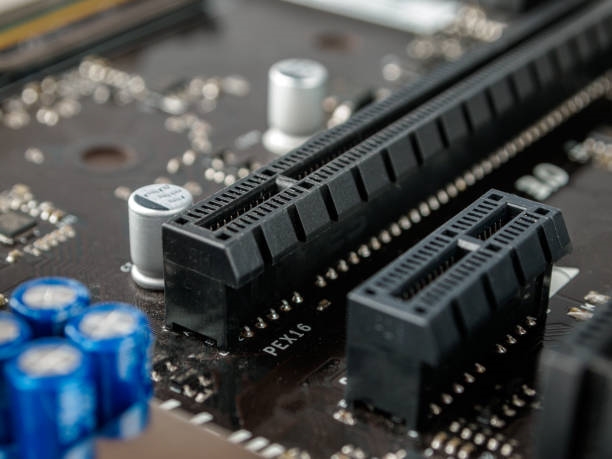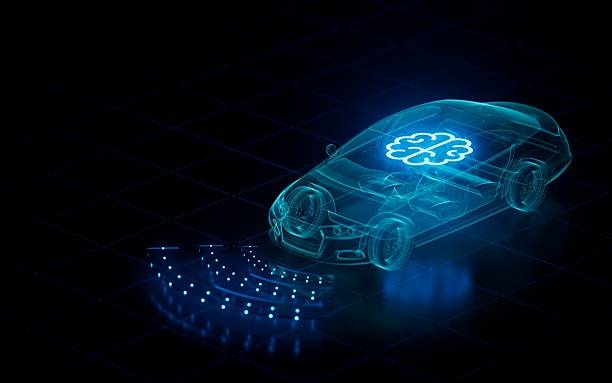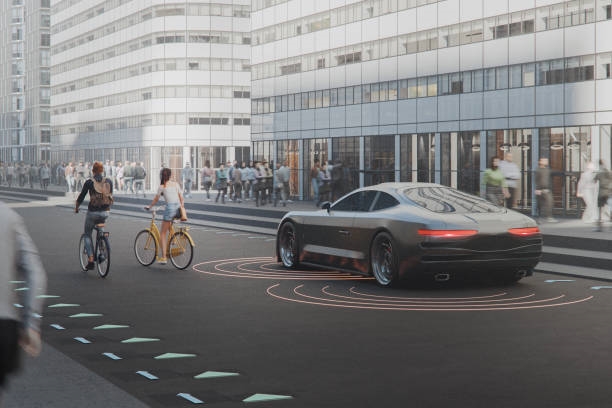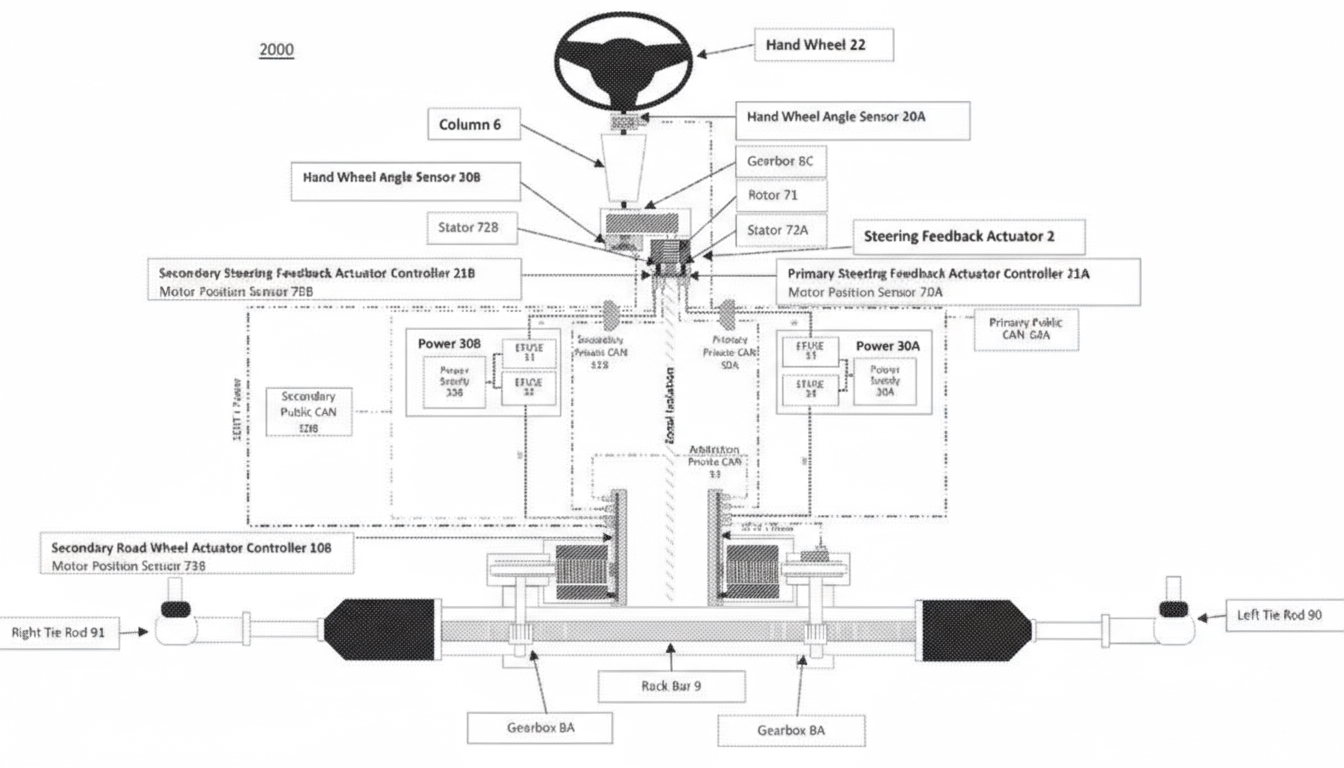Automotive ambient lighting is designed to enhance the mood within the vehicle cabin and reflects an emotional approach to interior design. These lights typically use warm colors (such as red) or cool tones (such as blue and purple) to create a vibrant, romantic atmosphere, particularly at night. This helps make the driving experience more enjoyable and less monotonous.
Challenges in Surge Protection for Automotive Ambient Lighting
The following technical challenges must be addressed when designing surge protection systems for automotive ambient lighting:
- Complex Electrical Environment: Vehicles contain numerous sources of electrical interference, including ignition systems, motors, and various electronic modules. These can create complications in surge protection for ambient lighting.
- Voltage Fluctuations: During operation, vehicle power supplies may experience significant voltage variations¡ªfor example, when starting the engine or toggling certain electronics. Surge protection devices must be able to absorb these fluctuations to prevent damage to the lighting system.
- Multiple Load Channels: Ambient lighting often involves multiple LED strips or lamps, each requiring individual protection, which increases circuit complexity and cost.
- High Reliability Requirements: Automotive applications demand high reliability. Surge protection components must operate stably over the long term, under varying conditions of temperature, humidity, and vibration.
- Electromagnetic Compatibility (EMC): Ambient lighting systems must coexist with other onboard electronics without causing interference, especially with wireless systems like Bluetooth and GPS. Surge protection design must consider EMC compliance.
- Standards and Regulations: Automotive electronics are subject to stringent safety and compliance standards. Surge protection solutions must meet these industry requirements.
- Cost and Size Constraints: Both cost and physical dimensions are critical factors in automotive design. Protection devices must offer robust performance while remaining compact and cost-effective. For example, selecting components that meet ISO 7637-2 load dump standards or choosing suitable TVS diodes for LIN line protection is essential.
Despite these challenges, engineers can take several effective measures to improve surge protection in ambient lighting systems. This includes selecting appropriate protective devices, optimizing circuit design, and conducting rigorous testing to ensure reliability and effectiveness.
Recommended ESD and Surge Protection Designs
1. LED Driver Circuit Protection
For a well-known automotive LED driver product series, it is recommended to add ESD diodes at the power supply input. This protects the driver IC from electrostatic discharge and surge events.
2. Capacitive Touch SoC Protection
This solution involves an automotive-grade capacitive touch SoC (TCAE11), used in smart touch buttons or sliders for interior applications such as reading lights, ambient lighting, central control units, HVAC, steering wheel controls, and door handles. Here too, ESD diodes are placed at the power input to protect the SoC and downstream control circuitry.
Recommended ESD Diodes
For power line protection, diodes with the following characteristics are recommended:
- Compact package suitable for tight vehicle interior spaces
- High surge current (IPP) capability
- Excellent ESD protection up to ¡À30kV (air and contact discharge)
For LIN bus protection, the PESD1LIN series with asymmetric working voltages of 18/24V is preferred. Alternatively, high-power 24V bidirectional TVS devices may be used depending on application needs.
Customized ESD solutions have been developed to match capacitive touch chips from Lumissil and TCAE11, offering optimized protection for automotive applications.
 ALLPCB
ALLPCB







